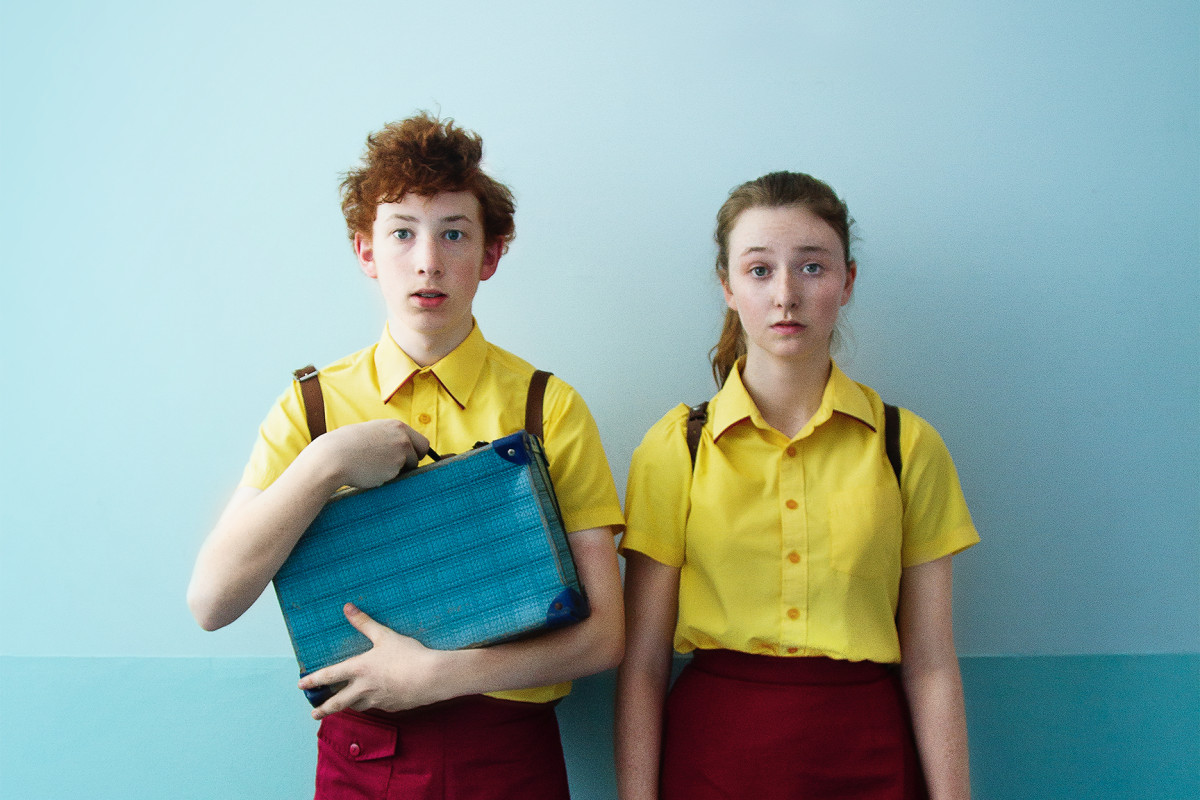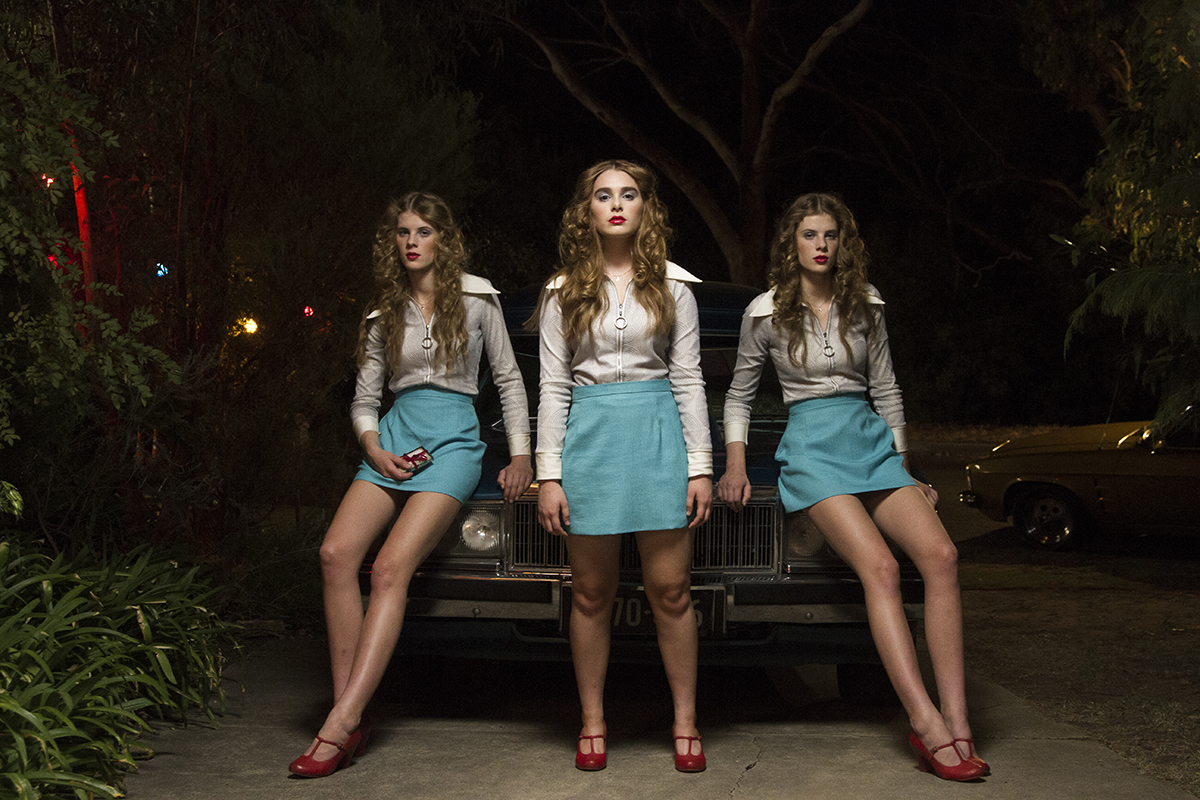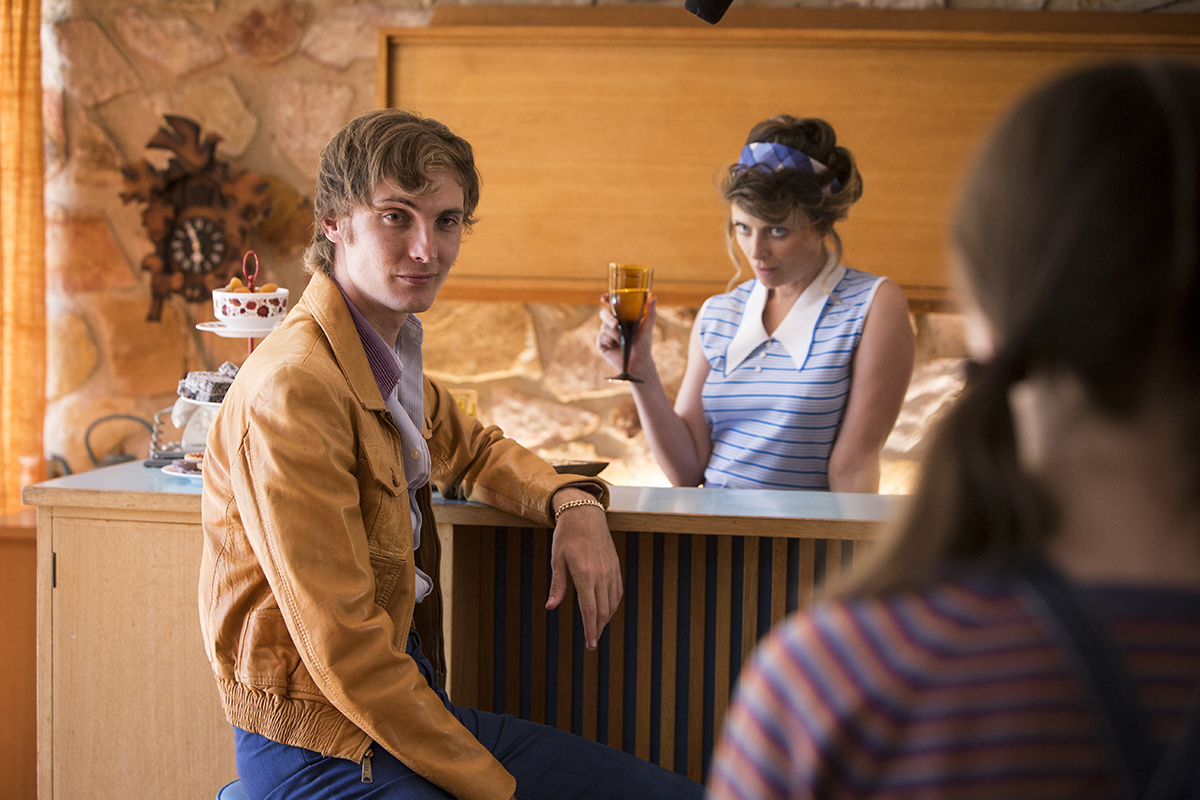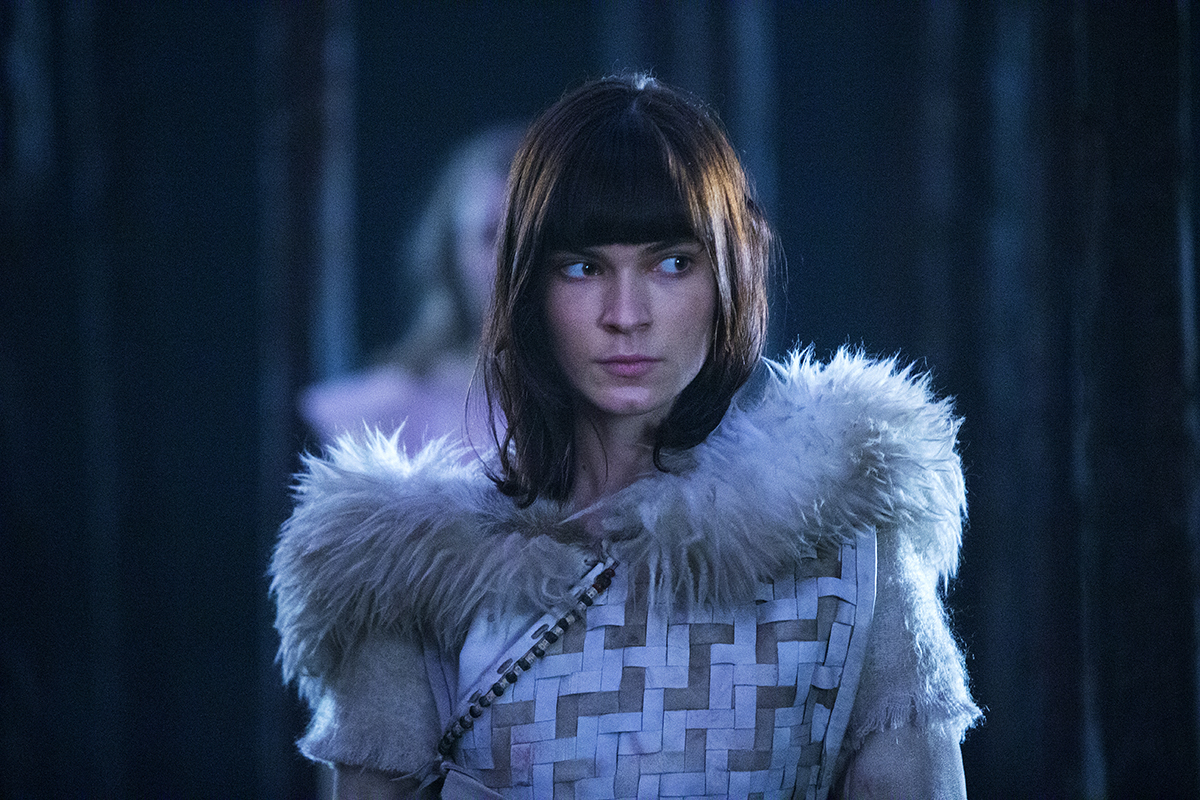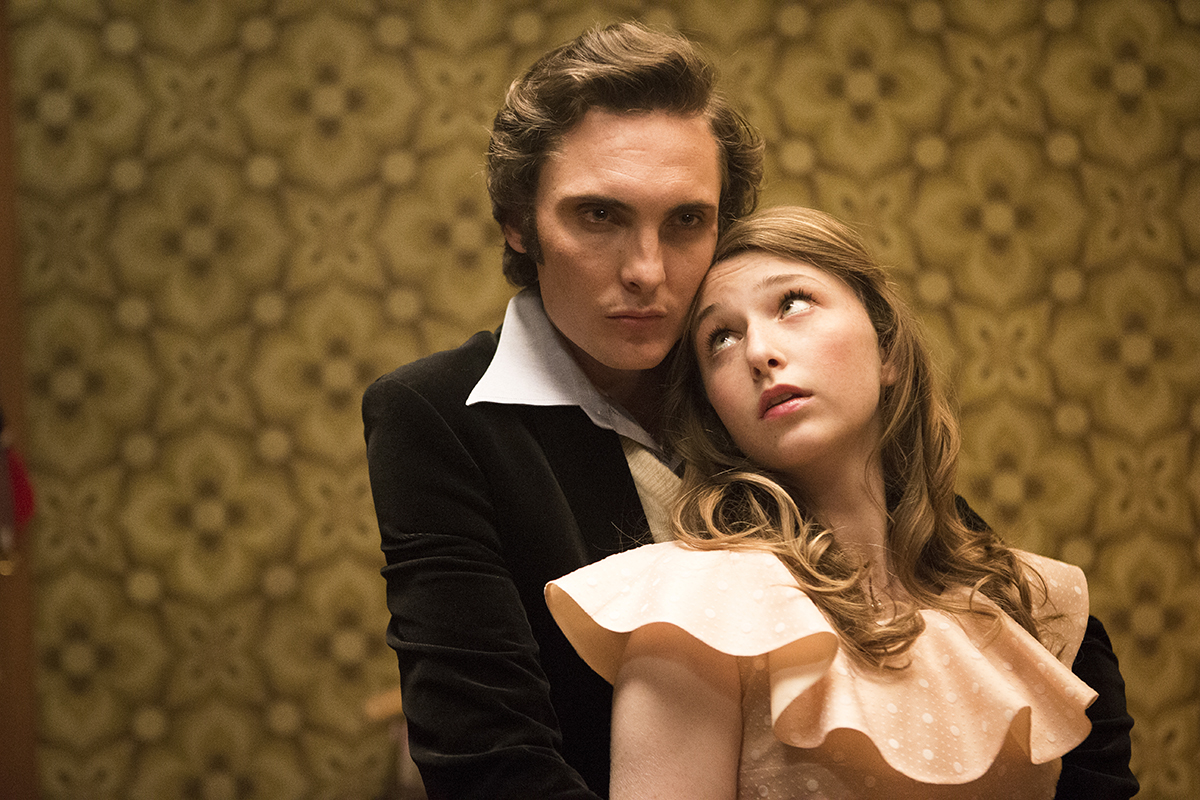
Fantastic Birthday, teenage dream
If you missed the start: While she has just taken her family to a suburban lodge in a large Australian city, Greta, a 14-year-old teenager who is reserved and lonely, tries – with some difficulty – Friends in his new college. It is without counting on his parents who decide to organize against his will a party for his fifteenth birthday …
For several years working together at the Windmill Theater in Adelaide, Southern Australia, director Rosemary Myers, set designer Jonathon Oxlade and screenwriter Matthew Whittet have built a singular, teenage and dream-like theatrical universe. They adapt a series of famous initiatory tales, from Pinocchio to the Great Wicked Wolf, through the Wizard of Oz. With Fantastic Birthday, presented at the Berlin Film Festival and just rewarded with Australian critics’ best film of the year, they signed their first feature film in six hands.
Coming of age movie
With Fantastic Birthday, Rosemary Myers transposes her world nicely shifted from the stage to the screen and delivers a teenage fantasy about the fear of entering adulthood. At the heart of a delightfully retro (not to say nasty) universe of kitschy interior decoration, garish outfits and unlikely hairstyles, there is Greta (Bethany Whitmore), an introverted girl, who arrives in a new college in the suburbs. ‘a big city. As soon as she arrived, she met Elliott, a looser who was as intrusive as he was talkative, and was particularly enthusiastic about anything and everything (the young Harrison Feldman who made a particularly promising film debut here).
Around this enchanting duo gravitates a series of secondary characters completely crazy that the director depicts with as much irony as affection. In particular, the three little girls of the college (of which two twins rather impressive in their size) to which Greta refuses his friendship and who will make him pay.
A careful staging
Diverting the clichés of the teenage movies with a lot of malice, Fantastic Birthday takes the party, to emphasize the originality of its atmosphere, a staging particularly careful which is not without thinking of that of the films of Wes Anderson: Perfectly symmetrical frames, front field-counter-field, assured tracking. Not to mention these absurd sketches that take place in the background and come bring an additional degree of humor to the film. There are so many preconceived notions of staging and imaging, which prove that the three creators knew how to appropriate a language that was not originally theirs, and through which they orchestrated a metaphorical universe Well to them.
With this narrative halfway between comedy and tale, the three comrades elegantly succeed in their passage from the theater to the cinema and signed a first film free and surprising, placed under the auspices of Michel Gondry and Spike Jonze which they claim.
By Thomas Lapointe
Originally appeared on Pop Up

